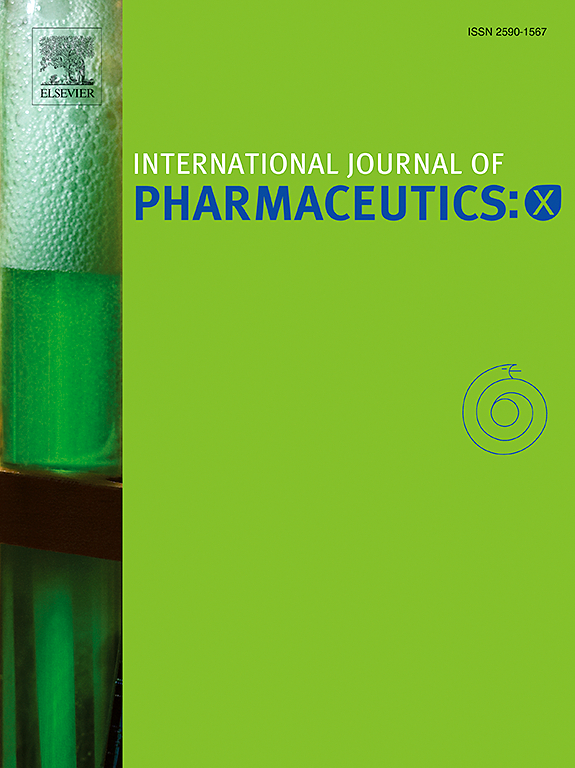基于纳米颗粒的药物输送系统:一种治疗肝纤维化的有前途的方法
IF 6.4
2区 医学
Q1 PHARMACOLOGY & PHARMACY
引用次数: 0
摘要
肝纤维化是慢性肝病的主要病理特征,影响着全世界数百万人的健康。如果早期不及时发现和干预,肝纤维化可发展为肝硬化、肝功能不全,最终发展为肝细胞癌,严重危害人体健康。目前肝纤维化的药物治疗有一些局限性,如缺乏足够的治疗效果和存在不良副作用。鉴于这些挑战,使用纳米颗粒(NPs)作为肝纤维化的药物递送系统,由于其固有的特性,包括安全性、稳定性、控释和靶向递送,已经获得了显著的吸引力。与传统剂型相比,纳米药物表现出明显的优势,包括增强的生物利用度和靶向给药。NP系统的应用已经迅速成为肝保护核酸和治疗肝纤维化药物安全输送的可行策略。本文综述了NPs的主要类别,并阐明了NPs介导的药物传递系统的靶向机制,这些系统专门设计用于治疗肝纤维化。本文章由计算机程序翻译,如有差异,请以英文原文为准。
Nanoparticle-based drug delivery systems: A promising approach for the treatment of liver fibrosis
Liver fibrosis is the predominant pathological feature of chronic liver diseases, affecting the well-being of millions around the world. If not detected and intervened on time during the early stage, liver fibrosis can advance to cirrhosis, hepatic insufficiency, and finally hepatocellular carcinoma, thereby endangering human health seriously. Current pharmacotherapies for liver fibrosis have several limitations, such as a lack of sufficient therapeutic efficacy and the presence of adverse side effects. In light of these challenges, the use of nanoparticles (NPs) as drug delivery systems for liver fibrosis has gained significant traction, owing to their inherent characteristics, including safety, stability, controlled release, and targeted delivery. Compared to conventional dosage forms, nanomedicines exhibit distinct advantages, including enhanced bioavailability and targeted delivery of drugs. The employment of NP systems has quickly gained prominence as a viable strategy for the secure delivery of hepatoprotective nucleic acids and drugs in treating liver fibrosis. This comprehensive review examines the primary categories of NPs and elucidates the targeted mechanisms underlying NP-mediated drug delivery systems specifically designed for addressing liver fibrosis.
求助全文
通过发布文献求助,成功后即可免费获取论文全文。
去求助
来源期刊

International Journal of Pharmaceutics: X
Pharmacology, Toxicology and Pharmaceutics-Pharmaceutical Science
CiteScore
6.60
自引率
0.00%
发文量
32
审稿时长
24 days
期刊介绍:
International Journal of Pharmaceutics: X offers authors with high-quality research who want to publish in a gold open access journal the opportunity to make their work immediately, permanently, and freely accessible.
International Journal of Pharmaceutics: X authors will pay an article publishing charge (APC), have a choice of license options, and retain copyright. Please check the APC here. The journal is indexed in SCOPUS, PUBMED, PMC and DOAJ.
The International Journal of Pharmaceutics is the second most cited journal in the "Pharmacy & Pharmacology" category out of 358 journals, being the true home for pharmaceutical scientists concerned with the physical, chemical and biological properties of devices and delivery systems for drugs, vaccines and biologicals, including their design, manufacture and evaluation. This includes evaluation of the properties of drugs, excipients such as surfactants and polymers and novel materials. The journal has special sections on pharmaceutical nanotechnology and personalized medicines, and publishes research papers, reviews, commentaries and letters to the editor as well as special issues.
 求助内容:
求助内容: 应助结果提醒方式:
应助结果提醒方式:


